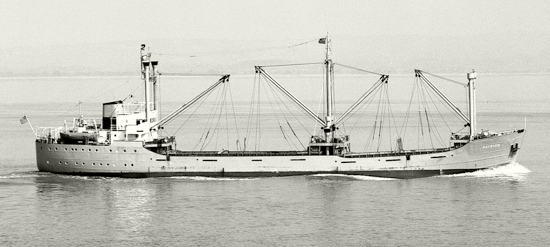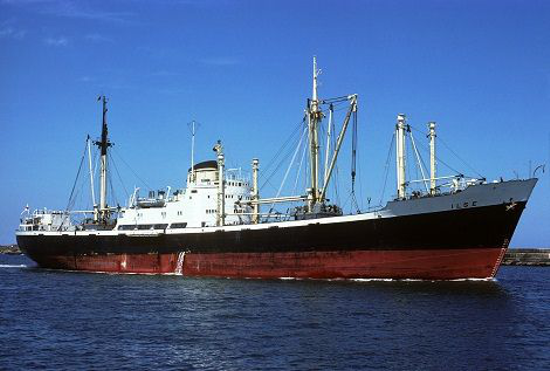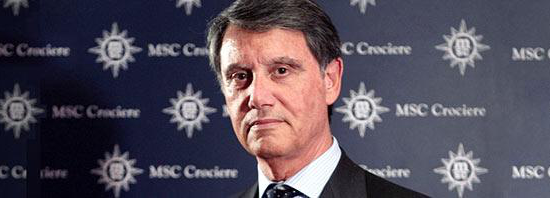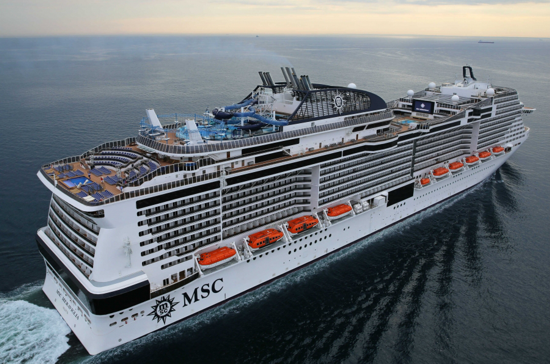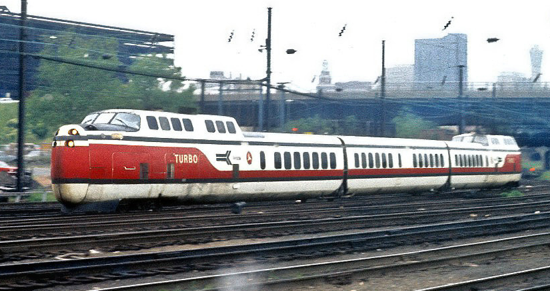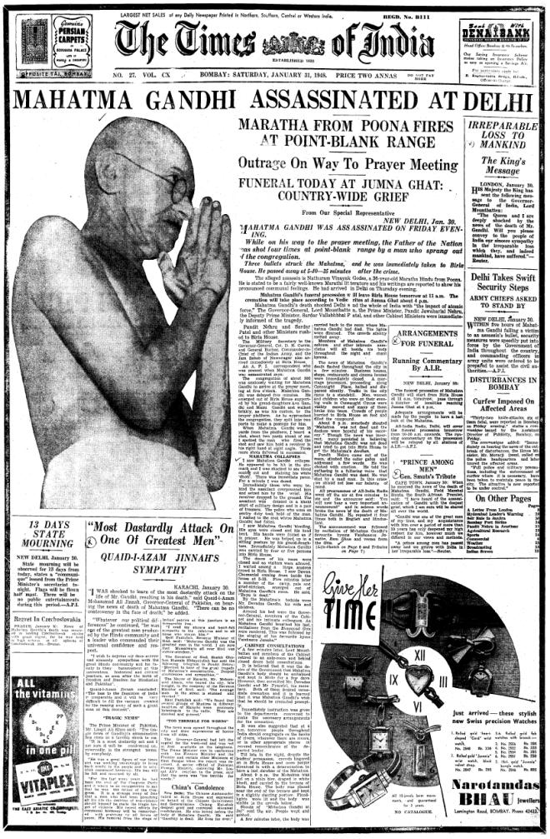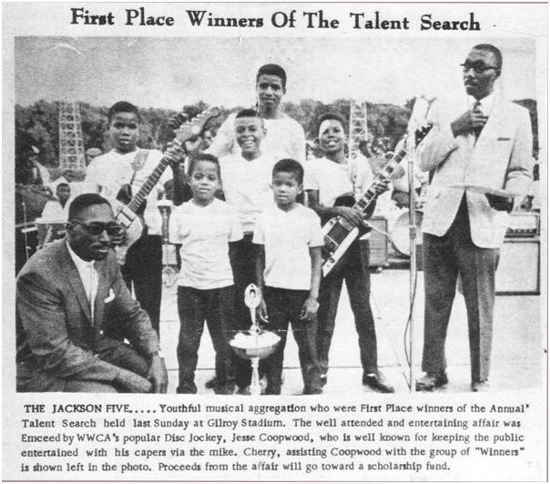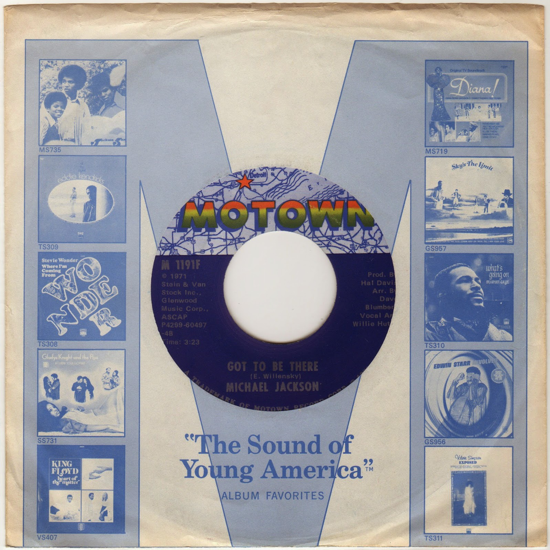 |
| Lufthansa logo 1926 by Otto Firle 1918 |
Names:
--- "Deutsche Luft Hansa" (1926)
--- "Deutsche Lufthansa" (1933)
--- "DLH" (abbreviated, 1933)
--- "Aktiengesellschaft für Luftverkehrsbedarf" (1953)
--- "Luftag" (abbreviated, 1953)
--- "Deutsche Lufthansa Aktiengesellschaft" (1954)
--- "Lufthansa" (abbreviated, 1954)
--- "Deutsche Luft Hansa" (1926)
--- "Deutsche Lufthansa" (1933)
--- "DLH" (abbreviated, 1933)
--- "Aktiengesellschaft für Luftverkehrsbedarf" (1953)
--- "Luftag" (abbreviated, 1953)
--- "Deutsche Lufthansa Aktiengesellschaft" (1954)
--- "Lufthansa" (abbreviated, 1954)
Category: Transportation
Subcategory: Airlines
Founded: January 6, 1926 - Berlin, Germany - as "Deutsche Luft Hansa".
Founders: Merger between Deutscher Aero Lloyd (an airline formed in 1923 as a co-operation between the shipping companies Norddeutscher Lloyd and Hamburg America Line) and Junkers Luftverkehr, the in-house airline of Junkers.
Operations start: April 6, 1926, with the first scheduled flight from Berlin to Zürich via Halle, Erfurt and Stuttgart, operated by a Fokker-Grulich F II. The fleet consisted of 162 aircraft, of 18 different types. A flying expedition to China was the event of the year.
Operations end: April 1945 (Company formally dissolved on January 1, 1951).
Refounded (not as legal successor): January 6, 1953 - Cologne, Germany - as "Aktiengesellschaft für Luftverkehrsbedarf", abbrev. "Luftag"; renamed "Deutsche Lufthansa Aktiengesellschaft", abbrev. "Lufthansa", on August 6, 1954, when the company acquired the name and logo of the liquidated Deutsche Lufthansa thus continuing the tradition of a German flag carrier of that name.
Refounders: Luftag stems directly from the Bureau Bongers, formed in 1951 to prepare "the first rough sketches". Hans M. Bongers, traffic manager of the old Lufthansa, was appointed aviation adviser to the Minister of Transport and set up the Bureau Bongers in two rooms in the Cologne University building. This was followed, in January 1953, by the creation of a company with a capital of which major shareholders are the Federal German Government (74%), the State of North Rhine-Westphalia, and Federal German Railways, together with 125 smaller holdings, mainly in travel and transport. Dr. Kurt Weigelt, deputy chairman of the old Lufthansa, became the president.
Operations restart: 1955. Domestic services began on April 1, with two Convairs which took off almost simultaneously in Hamburg and Munich for a day of regular scheduled services. International flights started on May 15 to Madrid, on May 16 to London, and on May 17 to Paris. The first scheduled North Atlantic flight took place on June 8. These initial services were operated with a fleet consisting of four Lockheed 1049G Super Constellations and four Convair 340s, which by the end of the year had carried just over 74,000 passengers on an unduplicated route network of a little over 8,000 miles.
Interesting facts: The winged crest, by graphic designer Otto Firle, originated in 1918 with Deutsche Luft-Reederei, German airline established in December 1917, first company to merge with Junkers Luftverkehr to form Deutsche Luft Hansa.
"Luft Hansa", first name of the company, was a composite of "Luft" ("Air" in German), and "Hansa" (after the Hanseatic League, a powerful mediaeval trading group). The word was designed by F.A. Fischer von Poturzyn, who had written a book of the same name. "Aktiengesellschaft für Luftverkehrsbedarf", name of the refounded company in 1953, also abbreviated "Luftag", can be translated as Corporation for Air Transport Requirements.
"Luft Hansa", first name of the company, was a composite of "Luft" ("Air" in German), and "Hansa" (after the Hanseatic League, a powerful mediaeval trading group). The word was designed by F.A. Fischer von Poturzyn, who had written a book of the same name. "Aktiengesellschaft für Luftverkehrsbedarf", name of the refounded company in 1953, also abbreviated "Luftag", can be translated as Corporation for Air Transport Requirements.
Slogan (1926): «Fliegt in die Bäder» ("Fly to the beaches")
Property: Deutsche Lufthansa AG
Official website: http://www.lufthansa.com
 |
| Luft Hansa, the origins of the name (1925). F.A. Fischer von Puturzyn published this book entitled "Luft-Hansa", which examined the options open to aviation policymakers at the time. |
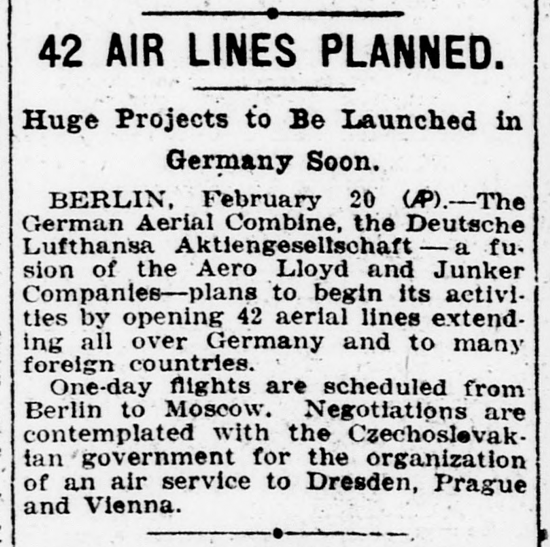 |
| Luft Hansa, newspaper announcement (Evening star, Washington, D.C., February 21, 1926). «42 AIR LINES PLANNED. Huge Projects to Be Launched in Germany Soon. BERLIN, February 20 - The German Aerial Combine, the Deutsche Lufthansa Aktiengesellschaft - a fusion of the Aero Lloyd and Junker Companies - plans to begin its activities by opening 42 aerial lines extending all over Germany and to many foreign countries. One-day flights are scheduled from Berlin to Moscow. Negotiations are contemplated with the Czechoslovakian government for the organization of an air service to Dresden, Prague and Vienna». |
 |
| Luft Hansa, the first ever scheduled flight (April 6, 1926), from Berlin to Zürich via Halle, Erfurt and Stuttgart, Fokker-Grulich F II aircraft. |
 |
 |
| Luft Hansa, Fokker-Grulich F II aircraft (1926) |
 |
| Luft Hansa poster "Fliegt in die Bäder" ("Fly to the beaches", 1926 by Hans Vogel) |
 |
| Luft Hansa poster "Fliegt in die Bäder!" ("Fly to the beaches!", 1927 by Hans Vogel) |
 |
| Luft Hansa, passengers and airfreight had to be weighed (photo 1928) |
 |
| Luft Hansa poster (1932 by Otto Arpke) |
 |
| Luftag refounders on the company's first day (January 6, 1953): from left, Chairman Hans M. Bongers, Federal German Minister of Transport Hans-Christoph Seebohm, Technical Director Gerhard Höltje, and Chairman of the Supervisory Board Dr. Kurt Weigelt. |
 |
| Lufthansa, the first cabin crew members (February 1955) were ready for flight operations; they started work with route proving flights in March. |
 |
| Lufthansa, four commemorative stamps (March 31, 1955) issued to mark the post-war re-establishment of Lufthansa Airlines and the resumption of domestic and international flights. |
 |
 |
| Lufthansa, first timetable (April 1, 1955) |
 |
| Lufthansa, the first two flights operated by the new company (April 1, 1955): two Convairs CV-340 took off almost simultaneously in Hamburg (photo above) and Munich (below), for a day of regular scheduled services. |
 |
 |
| Lufthansa celebrate 60 years (april 1955-2015). To honor their 60th Anniversary, Lufthansa had "Yankee Tango" (Boeing 747-8 D-ABYT, above) painted in a livery that resembled what the 747 fleet looked like in the 1970s when Lufthansa began flying 747-100 and -200 variants. |


